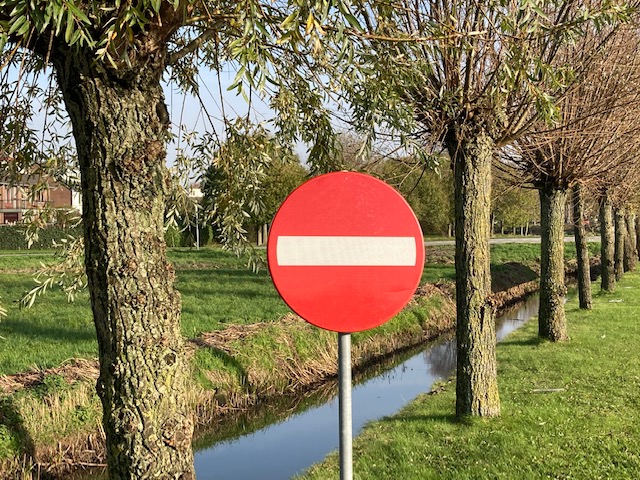Experts question effectiveness of new farm buyout scheme

Farm minister Femke Wiersma last week launched a new scheme to buy out farmers and reduce nitrogen emissions in sensitive environmental areas, but experts have cast doubt on whether it will have the desired effect.
The government has set aside €750 million for the scheme, which was part of a broader package of measures aimed at cutting nitrogen-based pollution, presented to MPs and the public on Friday.
Over the past few years, the government has invested €3 billion in voluntary buyouts, offering the most polluting farms 120% of their company value and 100% to smaller ones. In total, 1,600 farmers registered for the earlier schemes, but experts say the impact on nitrogen levels on farmland has been just 7% of what is required.
“Buyout schemes are not effective in reducing nitrogen deposits on a large scale,” Leiden professor Jan Willem Erisman told the NRC. Others said it had been “a lot of money for a limited reduction” and suggested the funds could have been better spent elsewhere.
Daan Boezeman from the Dutch environmental assessment agency PBL said the new scheme may have even less effect, as it is becoming increasingly difficult to persuade farmers to give up their businesses.
“The farms that remain are the ones that make a profit and are in a better financial position because others have already stopped,” he told the newspaper.
The scheme remains voluntary, a “fundamental standpoint” within the right-wing cabinet.
In 2022, a government committee concluded that the targeted closure of 500 to 600 major polluters, including farms and industrial sites, would enable the Netherlands to meet its reduction targets while affecting as few businesses as possible.
Construction projects — from new housing developments to tackling the shortage of capacity on the national grid — have been slowed or halted altogether because of the nitrogen crisis.
However, prime minister Dick Schoof told reporters on Friday that he expects progress later this year. “We continue to work hard,” he said, “in the knowledge that we have not solved the problem today.”
Targets
Last week it also emerged that the cabinet plans to extend the deadline for reducing nitrogen emissions by five years. The cabinet now aims for a 50% reduction in emissions from industry, mobility and construction, and a 42–46% cut from agriculture by 2035, compared with 2019 levels.
Wiersma also said she plans to present a new licensing system after the summer and is considering a long-term reassessment of Natura 2000 conservation areas.
Some 40% of the excess nitrogen in the environment is down to intensive farming, 10% comes from industry, 10% from mobility and 35% from abroad.
In January, judges ordered the Dutch state to cut nitrogen pollution in the country’s most vulnerable natural habitats by 50% by 2030 or face a €10 million fine. The case was brought by campaign group Greenpeace.
Thank you for donating to DutchNews.nl.
We could not provide the Dutch News service, and keep it free of charge, without the generous support of our readers. Your donations allow us to report on issues you tell us matter, and provide you with a summary of the most important Dutch news each day.
Make a donation